We believe everyone should be able to make financial decisions with confidence. And while our site doesn’t feature every company or financial product available on the market, we’re proud that the guidance we offer, the information we provide and the tools we create are objective, independent, straightforward — and free.
So how do we make money? Our partners compensate us. This may influence which products we review and write about (and where those products appear on the site), but it in no way affects our recommendations or advice, which are grounded in thousands of hours of research. Our partners cannot pay us to guarantee favorable reviews of their products or services. Here is a list of our partners.
You can pay from $50 to over $1,000 for a single new tire, depending on type and quality.
By
Whitney Vandiver
Whitney Vandiver
Writer | Car ownership, car maintenance
Whitney Vandiver writes for NerdWallet about ways car owners can save money on ownership and maintenance. She previously wrote in the oil and gas industry, where she was published in national journals and international magazines. Whitney became a writer out of enjoyment and finds stories that highlight or help the LGBTQ+ community the most rewarding to craft. When she's not writing, she enjoys reading and walking with her Irish wolfhound. She is based in Houston.
Learn More
Updated
Edited by Julie Myhre-Nunes
Julie Myhre-Nunes
Assistant Assigning Editor | Auto loans, consumer credit
Julie Myhre-Nunes is an assistant assigning editor at NerdWallet. She has been working in the personal finance space for more than 10 years. Before joining NerdWallet, Julie oversaw editorial teams at NextAdvisor, Red Ventures and Quote.com. Her personal finance insight has been featured on Forbes, The Boston Globe and CNBC throughout the years. Julie’s writing has been published by USA Today, Business Insider and Wired Insights, among others. Email: [email protected].
Julie’s writing has been published by USA Today, Business Insider and Wired Insights, among others. Email: [email protected].
Many or all of the products featured here are from our partners who compensate us. This influences which products we write about and where and how the product appears on a page. However, this does not influence our evaluations. Our opinions are our own. Here is a list of our partners and here's how we make money.
Tires are a big part of the cost of owning a car, and the range of tire prices doesn’t make it easier to budget for them.
The price of tires depends on several factors, including how they perform in certain weather conditions, how well they handle, and what type of terrain they can manage.
Each type of tire comes with its own price range. And while some tires might induce sticker shock, plenty of affordable options are on the market.
Just answer a few questions to get personalized results from our lending partners.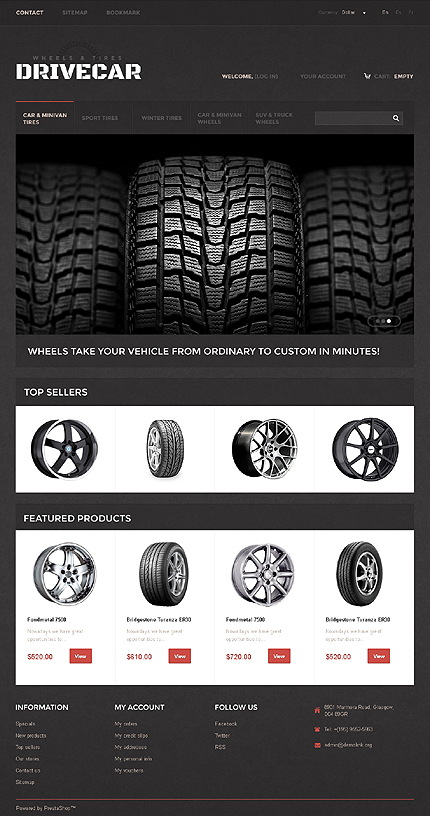
Estimated payoff amount
Tires are made of varying compounds and have different treadwear ratings. These ratings tell you how long the tires will likely last. Tires are usually categorized according to the conditions in which they work best. Here are some of the common types of tires, and the factors that may affect their cost.
Weather performance. Tires are categorized as summer, winter or all-season. Summer and winter tires are designed to perform in certain types of weather, and all-season tires find a balance between summer and winter. All-season tires tend to be the cheapest option, and summer tires tend to be the most expensive. Winter tires fall somewhere in the middle.
🤓Nerdy Tip
If you live somewhere that drops below 40 degrees for only a few weeks a year, it’ll be cheaper to buy all-season tires for year-round driving than to go with winter tires that you swap out seasonally.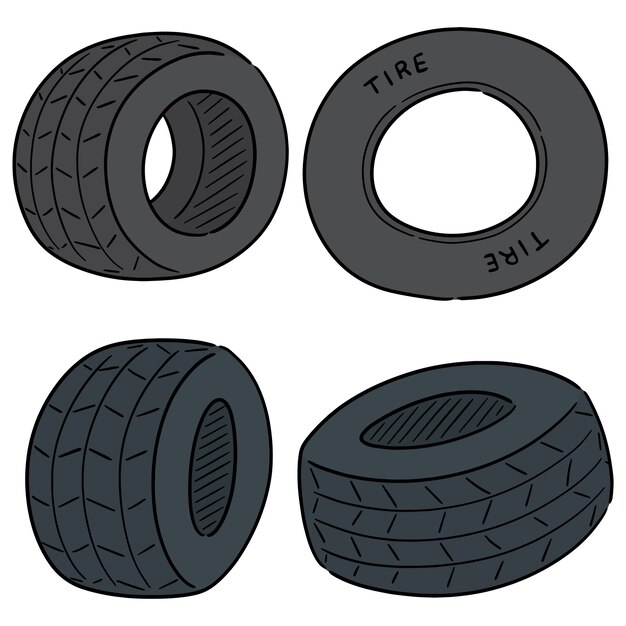
Comfort. Some types of tires, such as touring tires, are designed to give you a smoother ride. Comfort tires may have the same performance potential as other tires — for example, they may have the same wet and dry braking capabilities as all-season tires — but they tend to cost more because they offer a more comfortable ride.
Terrain. All-terrain tires are generally more expensive than standard highway tires because they have tread designed to let you go off-road. While you can get about 40,000 miles out of an all-terrain tire, it’s likely to wear down more quickly and need replacing sooner than a highway tire.
Performance. Designed for sports cars, performance tires let you take corners tightly and stop on a dime. They’ll give you that fast-driving experience, but you’ll pay more for performance tires.
The cost of tires can vary widely by type. Discount Tire, a national tire retailer, breaks down the average cost of tires by type and wheel size.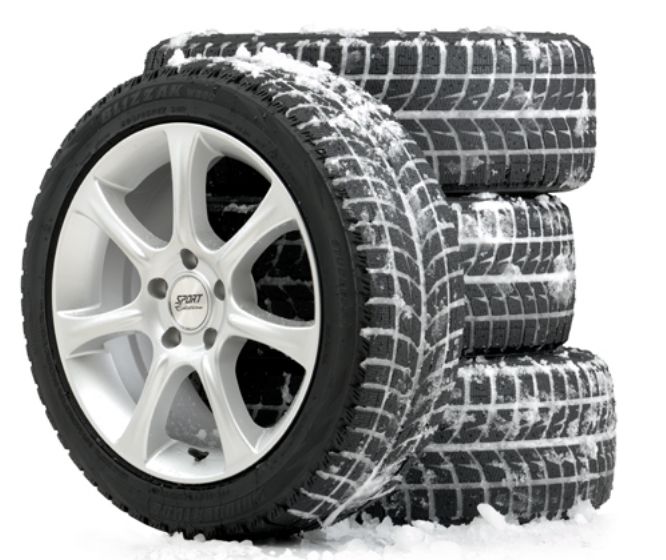 Here is the range of prices and median cost per tire for each wheel size:
Here is the range of prices and median cost per tire for each wheel size:
12-inch to 15-inch wheels. Tires often run $80 to $150, with a median price of $115. These tires are common for compact cars.
16-inch to 20-inch wheels. Tires of this size generally cost $100 to $400, with a median price of $250. These tires are common for SUVs, crossovers, vans and trucks.
18-inch to 26-inch wheels. Tires often cost $140 to $500, with a median price of $320. These tires are common for larger trucks and utility vehicles.
The cheaper the tire within a certain group, the less likely it is to perform as well or last as long. Economical options are available, but research the quality of any tire you’re considering before buying it.
The table below shows the range of prices for different types of tires. These prices are not specific to a certain vehicle or tire size. They were gathered from Discount Tire's online inventory in October 2022.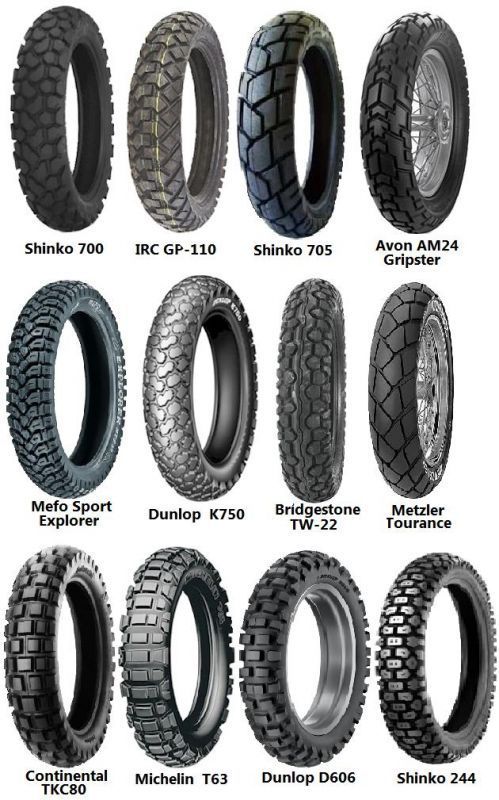
Type of tire | Low price per tire | High price per tire |
|---|---|---|
All-season | ||
Summer | $1,486. | |
Winter | $1,311. | |
Touring | ||
Terrain | $1,447. | |
Performance | $1,486. |
When having new tires installed, the total average cost for labor is $50 to $300, according to CarRoar.com. The labor cost can vary by vehicle and tire size: The bigger the tires or more complicated the install, the higher the labor charge. For example, many shops charge more to mount low-profile tires.
Having new tires installed includes several steps. Your total labor cost is likely to include the time to perform the labor, mounting and balancing of the new tires, and disposal fees to get rid of your old tires.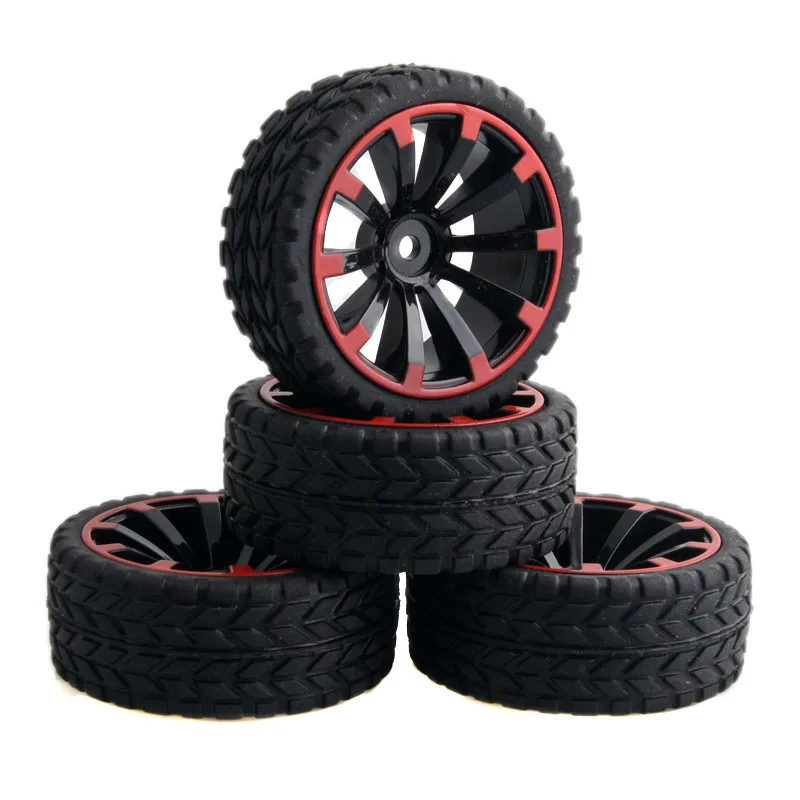
🤓Nerdy Tip
You are likely to get a discount on the labor for having new tires installed if you have the work done at the shop where you purchase the tires.
Frequently asked questions
How much does a set of four tires cost?
The price of a set of four tires will depend on the size and type of tire, but the median price for four tires is between $460 and $1,280. If you have smaller tires and decide to go with a cheaper option, you could pay below that range. However, if you have larger wheels and want performance or touring tires, you’re likely to pay close to $1,000 or more. Keep in mind these prices do not include labor fees to have the tires installed.
What is a good price to pay for tires?
The price of a tire depends on several factors, but you can use the average median price based on size to judge if you’re getting a good deal. A median price for a tire for a 12-inch to 15-inch wheel will run about $115. That jumps to a median price of $250 for 16-inch to 20-inch wheels, and a tire for a larger 18-inch to 26-inch wheel is likely to have a median price of $320.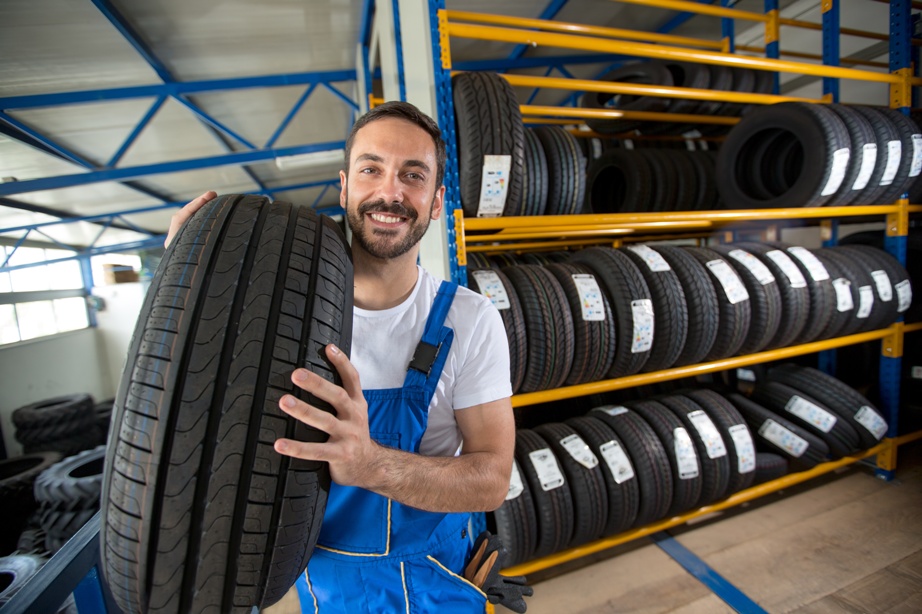
Should I replace all four tires at once?
You’ll probably need to replace all four tires at once if you drive an all-wheel drive vehicle. Otherwise, you could damage the vehicle’s drivetrain. But other types of vehicles give you more options. You can probably replace a single tire if it’s damaged and the other tires still have substantial tread remaining. Chat with a tire specialist if you’re unsure about your options.
How long should four tires last?
If you replaced all four tires at the same time or are on a vehicle’s first set of tires, on average the tires should last about six years and get between 36,000-75,000 miles in their lifespan. But tire life can vary with factors like driving habits, maintenance and climate. Regardless of their condition, no tires should be used longer than 10 years.
About the author: Whitney Vandiver is a writer at NerdWallet currently focusing on car ownership and maintenance. She's previously written about small business and payments.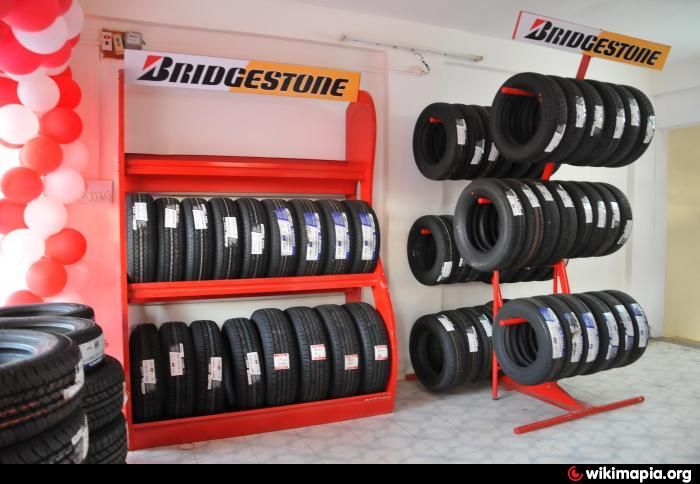 Read more
Read more
On a similar note...
Get more smart money moves – straight to your inbox
Sign up and we’ll send you Nerdy articles about the money topics that matter most to you along with other ways to help you get more from your money.
At some point, every car requires new tires. Since you want to budget accordingly, it’s important to know – how much does it cost to replace your tires?
In this guide, I cover the varying factors that influence the price of your new tires. I will also give you a few tips that may help you save some money.
How Much Do New Tires Cost?A new set of four tires will usually cost you between $400 and $1500, depending on the type of tire, vehicle, quality and where you get them installed. If you choose cheap tires, you may be able to spend $50 each, but on some vehicle types, you can easily spend $1500 or more on a new set of tires.
Now that we have the quick answer to the general cost of new tires, let’s take a closer look at the factors that affect the cost.
The biggest factor affecting your expense will be the size of the tire you need. You can find tires in all sizes, meant for a multitude of purposes. If you have a compact car, you will have the cheapest tires available, maybe even $50 each.
Of course, high-performance cars, large pickup trucks, specialty off-road vehicles, and SUVs will naturally cost more. A good rule of thumb is that the larger the tire is, the more you can expect to pay for it.
2. BrandThere are just as many tire brands as there are sizes. Many tire shops specialize in one budget brand and carry a multitude of name brands.
You will spend far less to go with the no-name brand, but you need to think about the quality. After all, if you save money today by choosing this brand, does it really pay off if you have to replace the tires again prematurely? You may also get a much longer mileage warranty with quality tires than with inexpensive tires.
If you choose a premium tire brand such as Michelin, Continental, Goodyear, Bridgestone, you will of course pay much more, but you know that you will get quality tires that last a long time and keep your vehicle on the road.
RELATED: 6 Worst Tire Brands to Avoid Buying
3. Installation CostMost tire shops do not make a lot of money on the tire installation. The job itself doesn’t take long and the price can often be included with the cost of the tires.
On average, you can expect most shops to tack on about $20-$40 per tire for the installation. However, if you visit a warehouse club, that expense could be even less.
4. Tire DisposalYou don’t get to leave your old tires with the shop without paying a price. These shops must pay to have them recycled, so that cost gets passed down to you.
On average, the tire disposal fees will be between $2 and $10 per tire. If you would rather save this money, you can get rid of them yourself.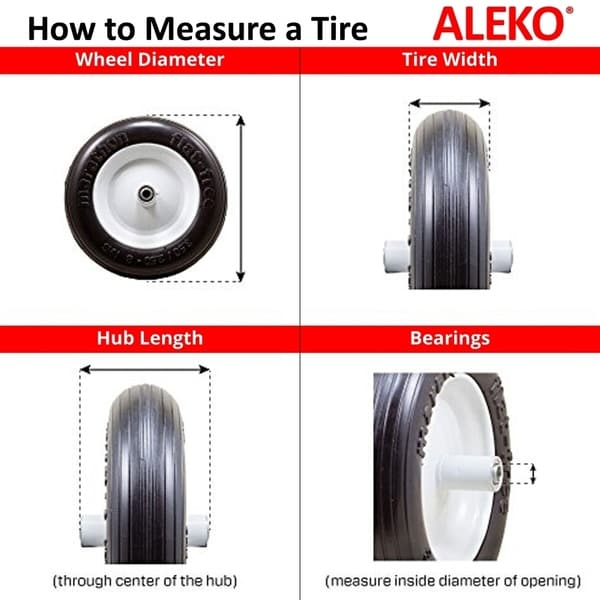
On top of the regular price paid for your tires, you may choose to add some extra warranty protection. With road hazard protection, you are covered if your tires get a hole or blow out.
However, you must be careful who you choose to get road hazard through. Not all companies are going to follow through on the agreement, leaving you paying for protection that doesn’t matter when something actually goes wrong.
6. Wheel AlignmentWhen your new tires are installed, you will need to get a wheel alignment. Having properly aligned tires ensures that they last as long as possible.
You might pay between $75 and $200 to have the wheels aligned, depending on how many need to be done. However, this money can be seen as an investment, ensuring that your tires continue to provide reliable transportation.
How to Save Money on Tires1. Shop AroundThe most important factor is shopping around.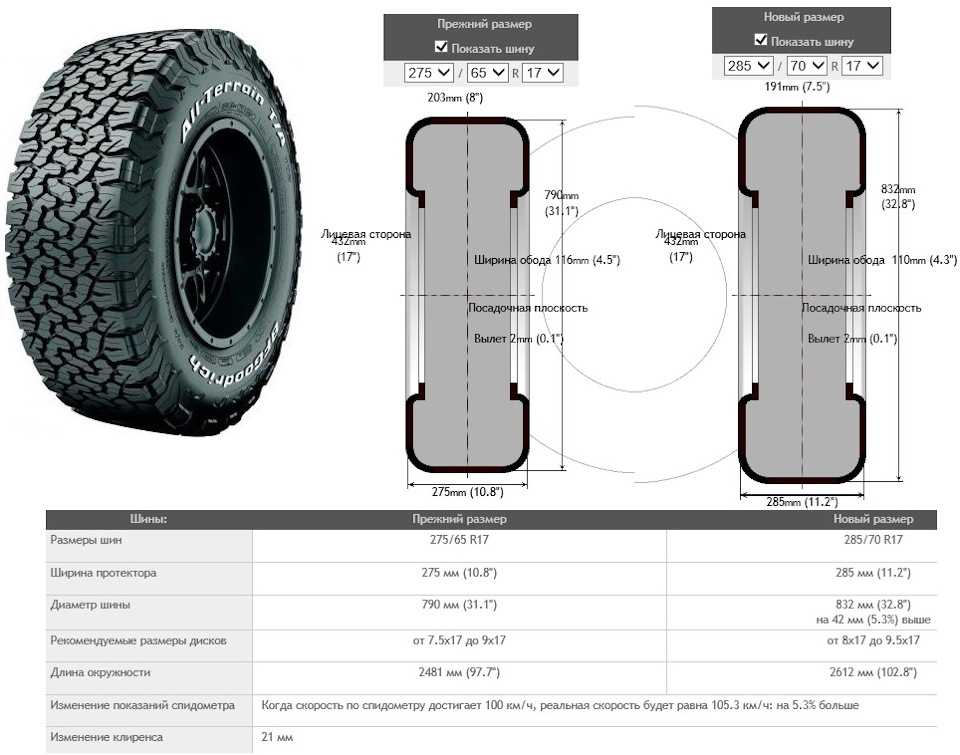 You can call one location and get a price on a particular set of tires, and the cost will be completely different somewhere else, even though they are the same tires.
You can call one location and get a price on a particular set of tires, and the cost will be completely different somewhere else, even though they are the same tires.
When you are shopping around, keep a couple of costs in mind. You will have the cost of the tires, the cost of installation and any fees that the company charges. Ask for the “out the door” price, so you can compare it apples-to-apples.
RELATED: How Much Do Rims Cost?
2. Watch for SalesYou can get a great deal if you shop during a sale. Of course, it’s not always convenient to wait for the next sale, but if you have some time before the tires need to be changed, this is a great way to save.
Throughout the year, tire shops will offer various sales. You can take advantage of a Buy 3, Get 1 Free deal or enjoy a certain percentage off. Most tire sales correspond with holidays, so you can tell when one might be around the corner.
3. Take Advantage of RebatesTire shops don’t often make a whole lot on the tire, so discounts can be limited. However, the manufacturers are happy to offer rebates throughout the year.
However, the manufacturers are happy to offer rebates throughout the year.
Most of the rebates are through the mail but can be found online. Additionally, the tire shops have the inside scoop on what’s available, so be sure to ask.
4. Ask about TakeoffsIt’s not always wise to purchase used tires, but the takeoff is something entirely different. These tires were installed brand-new and only used for a couple of days before the customer decided they didn’t want them.
It could be that the client didn’t appreciate the ride or simply decided they wanted something better. Either way, the tire shop will offer the replacement tires at a discounted price, so be sure to ask what’s available, especially if you use a popular tire size.
5. Use All-Season TiresIf you live in a cold climate where a lot of snow falls, you might have two sets of tires. Most people in these regions use summer and winter tires. With two sets of tires, you have a lot more money out, especially every time you need to have them switched.
If you aren’t actually driving in the snow, it might be better to use all-season tires throughout the year. While these aren’t going to get you through deep snow, there’s no sense in spending more for something you don’t need. Evaluate your options and see if you can stick to using one set all year long.
RELATED: 10 Best All-Season Tires – Review & Buyer’s Guide
The lifespan of a tire will depend on the type of tire, the type of driving you do, and the climate. Generally, tires last between 50,000 and 80,000 miles and 6 years. If you drive a lot in city traffic and brake a lot or live in a hot climate, your tires may wear out sooner. If you often drive around with low tire pressure or a bad wheel alignment, they may also wear down sooner.
If your tire tread depth is close to 2/32” or under, it’s definitely time to replace them. Most tire manufacturers recommend replacing tires every 6 years, regardless of the number of miles driven. This is because tire rubber degrades over time, even if the tires are not used. Tires that are more than 6 years old should be inspected by a professional to determine if they are safe to use.
If your car is two-wheel-drive, it’s fine to replace two tires on the same axle instead of four, although you need to consider that your car will handle differently with two new tires than with four. If you are replacing two tires, it is best to put the new or best tires on the rear axle, as this will improve traction and stability.
On many 4WD and AWD cars, however, the diameter of the tires must match, otherwise, you can damage the transmission or the differential. Therefore, it is recommended to replace all four tires on 4WD cars, and it’s a requirement for many car brands like BMW and Audi.
You need to read the tire dimensions on your old tires and take them to the tire shop. You can also call your authorized dealer or check your owner’s manual if the wheels are stock.
Categories: Tires, Estimator
Everyone knows that the degree of driving safety under any conditions largely depends on tires. Tires are what keep your car in contact with the road. It is on them that the handling and stability of your car depends on acceleration, maneuvering, braking, turning. In winter, driving becomes more dangerous, as the risk of skidding, slipping, etc. increases. Minimizing the risk when driving on winter roads is the main concern of vehicle owners.
Tires are what keep your car in contact with the road. It is on them that the handling and stability of your car depends on acceleration, maneuvering, braking, turning. In winter, driving becomes more dangerous, as the risk of skidding, slipping, etc. increases. Minimizing the risk when driving on winter roads is the main concern of vehicle owners.
Therefore, it is very important to choose the right winter tires for your car. If you drive on summer tires during the cold season, you will see a lot of disadvantages of wheels that are not used “for the weather”. It would seem, what's the difference, because both summer and winter tires are made of rubber. However, just look at the wheel treads.
Winter tires are characterized by deep grooves and a larger tread pattern. These tires are easier to push through the snow. Thanks to the “bumps” (lugs), a stable support for the car is provided. If the surface is loose and unstable, winter tires will show excellent handling and braking distances will be shorter. If there is ice on the roads, spikes will help you subdue the slippery road.
If there is ice on the roads, spikes will help you subdue the slippery road.
Winter tires can be Scandinavian or European style. The European type of pattern is similar to the rainy summer pattern. It is represented by many lamellas with a diagonal arrangement, and numerous channels that drain water. Such wheels are suitable for driving on melted snow. The Scandinavian pattern is characterized by a large number of diamond-shaped "checkers", distributed in a checkerboard pattern. These tires are great for driving in deep snow.
Summer tires do not perform well on winter roads. Their shallow tread will lead to loss of grip and will not be able to provide proper handling. And no wonder, because summer tires were modeled for completely different driving conditions! Due to the shallow tread on dry pavement, summer tires demonstrate excellent maneuverability. Due to the network of narrow tubules, moisture is quickly removed from under the lugs, which prevents hydroplaning and sliding of the car on a wet surface.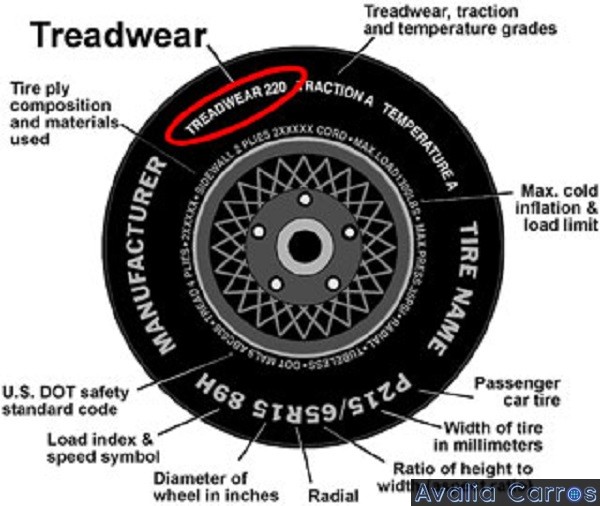
In addition, winter and summer tires are made from different rubber compounds. The rubber of summer wheels is more rigid, it has less elastomers and more rubber, which is resistant to abrasion. It is due to the more rigid rubber that the tires differ. Winter tires are softer, they do not lose their elasticity even in severe frosts, since the rubber compound contains silicon. It also improves road grip.
Okay, summer tires can't be used in winter, so why shouldn't winter tires be used in summer? The summer sun heats up the asphalt, which leads to faster wear of winter tires. They literally "melt" from the heat. In addition, on dry, heated pavement, winter tires show a longer braking distance and reduce safety. Soft rubber is easily erased, and the car slips during acceleration and braking.
Therefore, you should change your four-wheeled friend's shoes before the start of the winter and summer seasons. However, another difficult task arises, namely, which and where winter tires to buy? You can buy a new set of tires (four tires) from both imported and domestic manufacturers.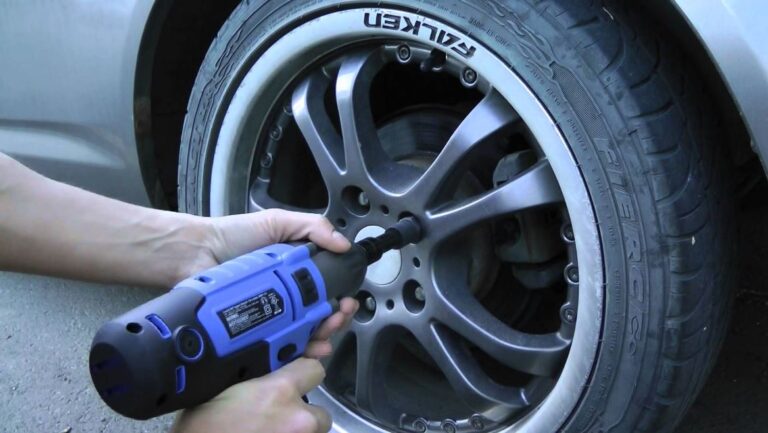 It will cost quite a lot, especially imported tires. On the other hand, you can buy used winter tires. Now you can find a large number of offers for the sale of used rubber on the Internet, in the market and in specialty stores. Moreover, you can find used tires of excellent European quality of brands such as Michelin, Nokian, Yokohama, Continental, Dunlop, Gislaved, BF Goodrich, Goodyear, Bridgestone, GT Radial, Cooper, Hankook, Nordman, Kumho, Pirelli, and it will cost significantly less than new kits.
It will cost quite a lot, especially imported tires. On the other hand, you can buy used winter tires. Now you can find a large number of offers for the sale of used rubber on the Internet, in the market and in specialty stores. Moreover, you can find used tires of excellent European quality of brands such as Michelin, Nokian, Yokohama, Continental, Dunlop, Gislaved, BF Goodrich, Goodyear, Bridgestone, GT Radial, Cooper, Hankook, Nordman, Kumho, Pirelli, and it will cost significantly less than new kits.
Quite a logical question: if the used rubber has already been used, then it is already worn out and will not be as good as new? Most used tire sellers import their goods from European countries (Finland, Germany, Austria) or Japan. There, car owners change tires much more often than in Russia. This is due to higher requirements for the technical condition of the machine, warranty service, in which not only the oil is changed, but also the wheels, regardless of their degree of wear.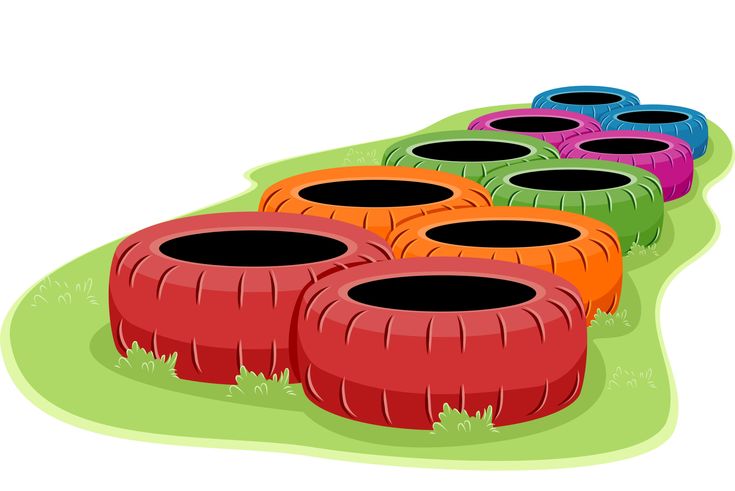 In addition, manufacturers are constantly releasing new tire models, making good advertising for them, buyers are purchasing new tires, replacing quite suitable old tires. Roads in European countries differ in their quality from our roads. The wheels wear evenly and much more slowly. Thus, Western car services, insurance companies, transport and leasing organizations supply to Russia, China, etc. a large number of used tires that are worn out by no more than 50-80%.
In addition, manufacturers are constantly releasing new tire models, making good advertising for them, buyers are purchasing new tires, replacing quite suitable old tires. Roads in European countries differ in their quality from our roads. The wheels wear evenly and much more slowly. Thus, Western car services, insurance companies, transport and leasing organizations supply to Russia, China, etc. a large number of used tires that are worn out by no more than 50-80%.
Our company sells used tires from various manufacturers. We carefully select used tires, check their degree of wear (no more than 50%) and inspect for mechanical damage, cracks, bumps, and so on. Here you can find used tires, both winter and summer, of the desired manufacturer and buy wheels of European quality at a very reasonable price.
0027
1 Which winter tires to choose?
This question torments many motorists, especially beginners.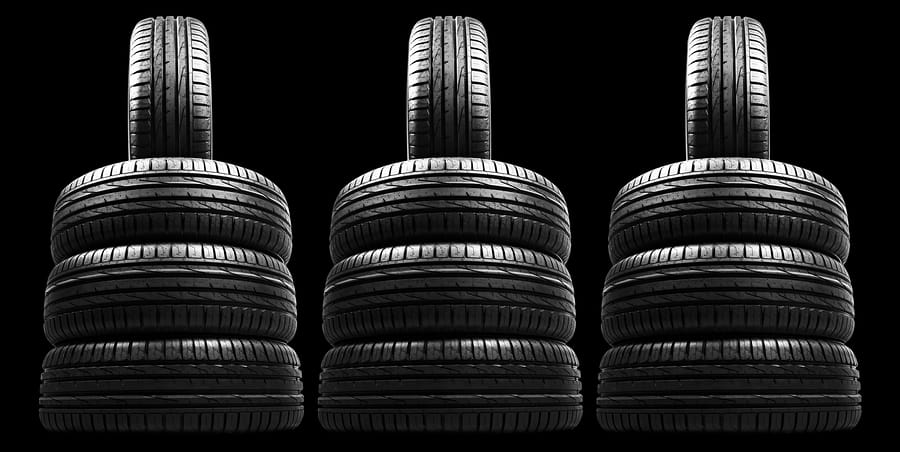 But it is clear that everyone decides it in their own way: they trust all sorts of advertising or mostly incompetent sellers, read reviews of real owners on forums or “independent” tests from large online publishers and print media, just go and buy the cheapest or the most expensive rubber.
But it is clear that everyone decides it in their own way: they trust all sorts of advertising or mostly incompetent sellers, read reviews of real owners on forums or “independent” tests from large online publishers and print media, just go and buy the cheapest or the most expensive rubber.
Unfortunately, there have always been few people who were ready to sort out the issue of buying new tires on their own and, taking into account their own individual operating conditions, make a verified choice “for themselves”. It is also very unfortunate that an inadequate interpretation of technical characteristics or an unconscious choice of winter models often become almost the main cause of accidents on the road.
You also need to remember that proper storage of tires is the key to maintaining their factory properties and adequate behavior on the roadway. This is especially true in winter, when the road surface does not help safe driving.
Another factor aggravating the situation is the underestimation by car enthusiasts of the impact of tires on safe driving.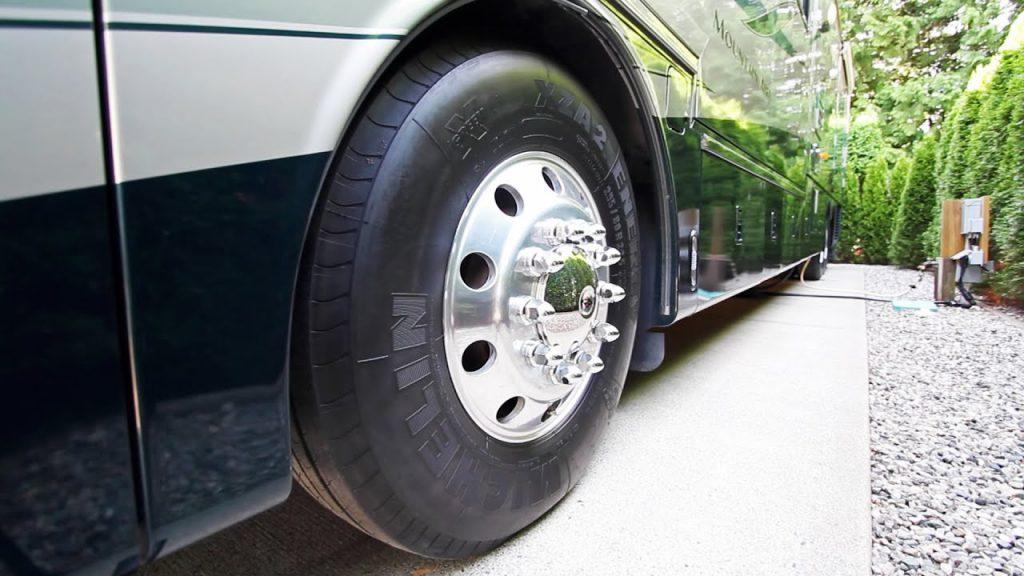 The reviews of “experienced” drivers, who give out invaluable advice right and left, also mean a lot. Yes, and advertising adds fuel to the fire - praising the products of firms that produce tires.
The reviews of “experienced” drivers, who give out invaluable advice right and left, also mean a lot. Yes, and advertising adds fuel to the fire - praising the products of firms that produce tires.
It is important to know that absolutely universal rubber does not exist - this is a common truth that all motorists should understand. Each type is intended for use in the road conditions strictly limited by the manufacturer, and not only at a certain air temperature outside the window. We must not forget this when choosing a new set of tires.
Also remember that the higher the "versatility" of the selected tires, the worse they will behave on different road surfaces. Technologies, of course, are developing, but tires have not yet been invented that would perform equally well on dry pavement and on ice.
Do not forget that no type of winter tires in cold weather, even under the most favorable road conditions, can provide a safe “summer” driving style. You need to get used to the idea that the distance to the car in front should double, and the average speed should decrease by at least 20%. In addition, in winter it is better to forget about “throwing” from row to row in long-lasting traffic jams, despite the increased distances between cars compared to summer.
You need to get used to the idea that the distance to the car in front should double, and the average speed should decrease by at least 20%. In addition, in winter it is better to forget about “throwing” from row to row in long-lasting traffic jams, despite the increased distances between cars compared to summer.
2 What is the difference between winter and summer tires?
It is widely believed that winter and summer tires differ only in the tread pattern. Yes, this is one of the main differences that catches the eye, but it is not the most important.
If you've tried using a rubber eraser to wipe in the cold, you know what happens when it gets really cold. It can be broken in the truest sense of the word, without putting much effort into it. The frozen rubber from which it is made does not bend, but breaks under a little effort from the fingers. But if you do not break the office supplies, but move it to a warm room and warm it up, then the eraser will restore all its former abilities again.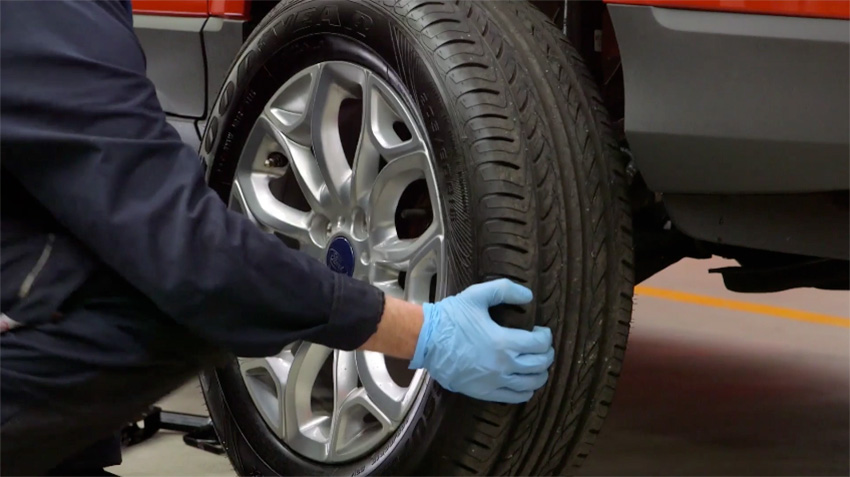 This is due to a change in the properties of the material under the influence of low temperatures.
This is due to a change in the properties of the material under the influence of low temperatures.
It is for this reason that tire manufacturers for different temperature conditions develop different chemical compositions of rubber, thus a specific tire model is “sharpened” for operation at specific temperatures.
The range of optimal use temperatures is very difficult to find in the public domain, but the following indicators can be considered standard:
Winter tires are best used at temperatures below +5 degrees Celsius. Above this mark, it literally melts and ceases to perform its main functions, worsening the stability of the car on the road.
Summer tires tend to harden at temperatures from +2 to 0 and below. This increases the risk of skidding even on relatively dry road sections. At the same time, a wheel break in case of an accidentally obtained small puncture is not ruled out.
All-weather tires show their best performance in the temperature range from -5 to +10 degrees Celsius.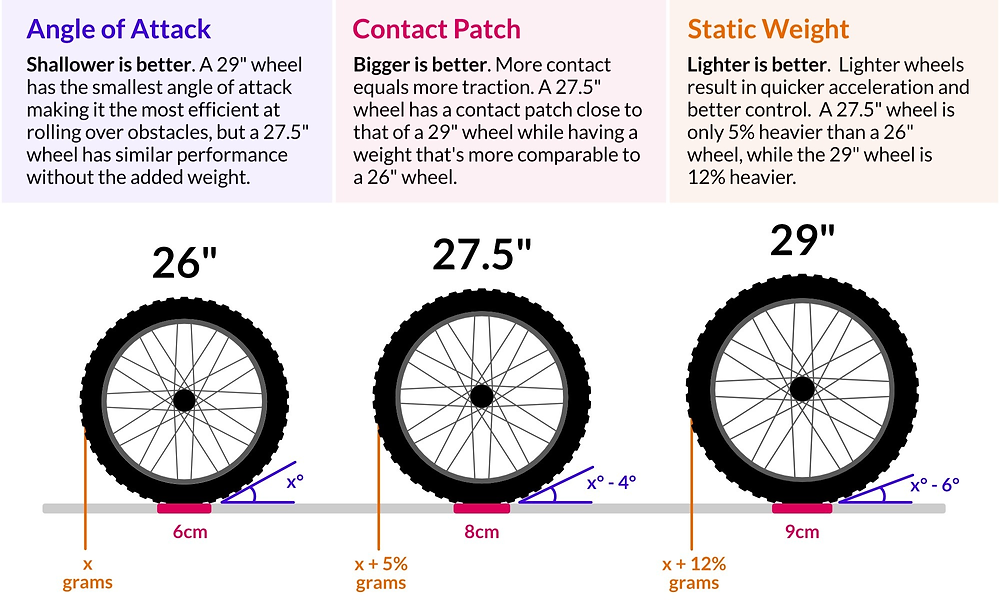
3 Do you need winter tires for SUVs?
Of course, like everyone else. It is a huge misconception to think that a Jeep is safer to drive in winter than a front wheel drive or rear wheel drive car. This is wrong.
New owners of all-wheel drive SUVs need to remember the following common truths:
A vehicle with increased ground clearance (ground clearance) is much less stable on slippery roads than, for example, a sedan. This is due to the more poorly developed aerodynamics due to the large size and increased tendency to roll.
All SUVs are designed for off-road use, not snow and ice only.
The heavier the vehicle, the more it is affected by inertia. Regardless of the type of drive and the installed rubber, the braking distance of cars of different weights will differ significantly. It will be larger, of course, for the car that weighs more.
The only advantage of vehicles with all-wheel drive in winter can be considered an increased cross-country ability on unremoved loose snow. In all other winter conditions, an SUV driver must be twice as vigilant as if they were driving, say, a front-wheel drive sedan.
As can be seen from the above, winter tires for four-wheel drive vehicles are even more important than for other conventional cars, so a jeep is a high-risk car when driving in winter.
It should also be noted that the external similarity of the tread of summer tires for all-wheel drive vehicles and winter tires often leads to confusion among SUV owners. They may think that their tires are all-season and suitable for use in all seasons. But this delusion becomes obvious only when they harden when the temperature drops to zero degrees and begin to slip on a dry and clean track.
4 What is called all-season tires?
All-season tires can be considered tires that are intended for operation at temperatures close to zero - both plus and minus.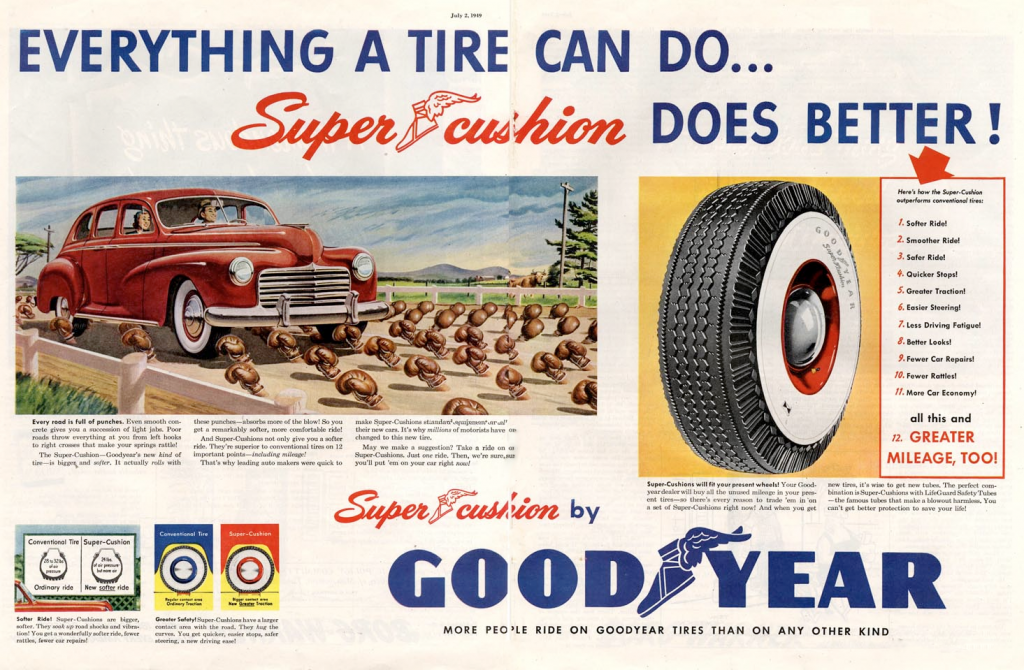 By and large, manufacturers of such tires produce them for developed countries with moderate weather conditions, as well as high-quality road surfaces.
By and large, manufacturers of such tires produce them for developed countries with moderate weather conditions, as well as high-quality road surfaces.
The chemical composition and tread pattern of all-season tires is absolutely not suitable for either heat or severe frost. All its advantages are a little better traction in the presence of snow or mud on it. But manufacturers, when developing such rubber, were guided by the conditions of city streets, which are regularly cleaned from dirt and snow. So if you know that the road surface in your area basically meets these criteria and are not on a tight budget, you can install all-season tires for a few weeks in early spring and late autumn. The use of these tires is unacceptable at any time of the year, at least in most regions of the former CIS.
You can't expect to be able to drive with the same safety all season tires all year round. So, all-season tires should be considered more like demi-season tires, by analogy with shoes, for example.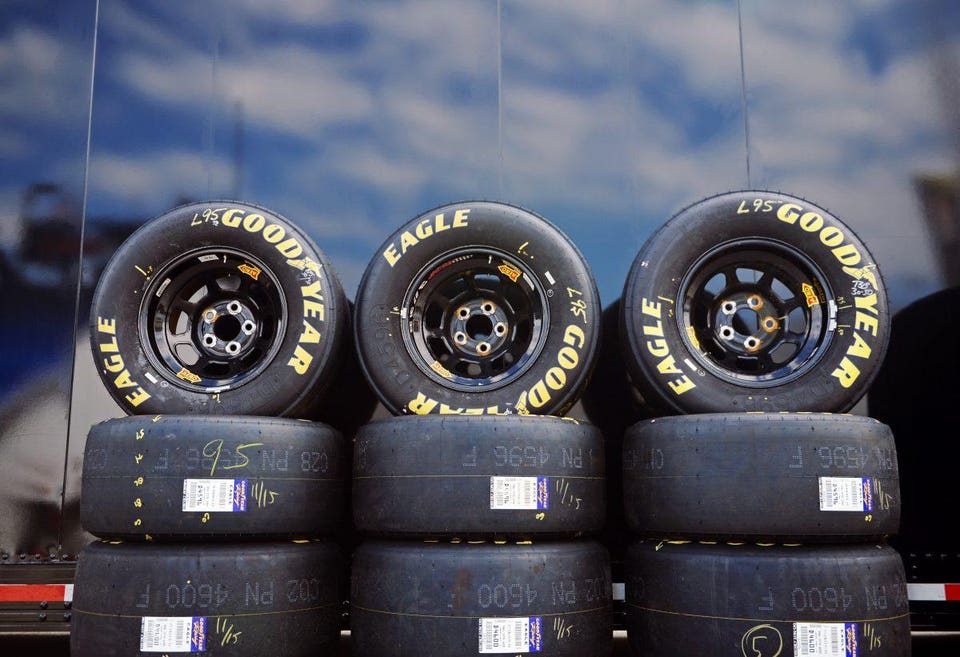
5 Is winter tires allowed on one axle?
Unfortunately, many car enthusiasts see the possibility of confident starting and braking on snowy or icy road surfaces as the main purpose of winter tires. Therefore, most people believe that winter tires are only appropriate for driving wheels.
More advanced drivers with experience know that the braking of any car begins with the front wheels, which do about 70% of the work to stop the vehicle after pressing the brake pedal. In this regard, they admit that the best option may be to install a winter set of tires on all wheels of a rear-wheel drive car and on the front wheels of a front-wheel drive car.
But this is completely wrong. Winter tires perform much more than stopping at a traffic light or starting out of a snowdrift. It must be understood that on slippery road surfaces, grip deteriorates in all cases, regardless of the type of tires installed. Therefore, for example, in order to reduce the effect of centrifugal force when cornering, with ideal coverage, one vehicle weight will not be enough.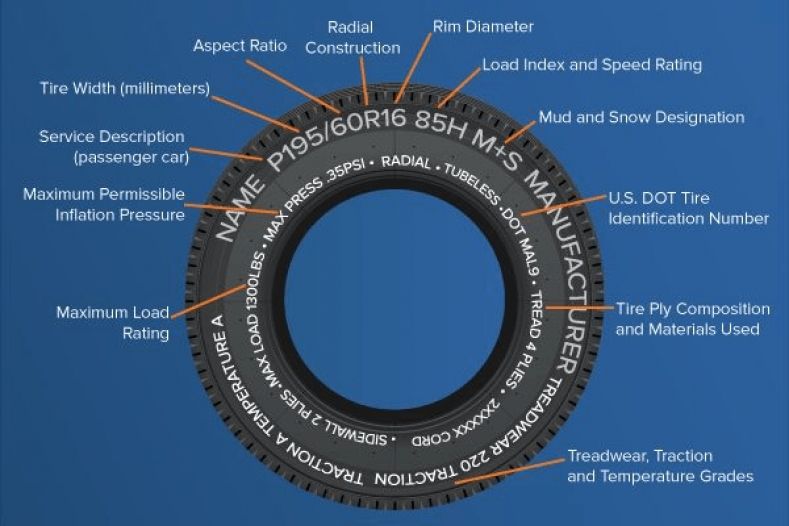
Thus, it becomes clear that economical owners of cars with front-wheel drive, who do not change summer tires on the rear axle, are at risk of uncontrolled skidding in the simplest road conditions and at low speeds. And remember that getting a front wheel drive car out of a skid is much more difficult (and sometimes impossible) than a rear wheel drive car.
So how many winter tires do you need? Five. It is this amount that can guarantee traffic safety in case of a puncture, when it will be necessary to put a spare wheel. Indeed, on a bad road in winter, skidding is a matter of several meters. So is it worth the risk, not knowing in advance which axle you will need to put the spare wheel on and how far the nearest tire service is.
6 Is winter tires allowed on one axle?
The traffic regulations require that the tires on the same axle be the same, while seasonality and type of drive are not mentioned. If the vehicle is 2WD, this rule can be applied in most cases. But we must remember that different rubber (pattern and tread condition) will have different characteristics when braking. This fact will necessarily affect the distribution of braking forces during braking (especially emergency), the real numbers will differ from the values set by the manufacturer. How will this affect security? If the basic characteristics and wear of tires are the same, then practically nothing, but if this is not the case, then the likelihood of skidding definitely increases.
But we must remember that different rubber (pattern and tread condition) will have different characteristics when braking. This fact will necessarily affect the distribution of braking forces during braking (especially emergency), the real numbers will differ from the values set by the manufacturer. How will this affect security? If the basic characteristics and wear of tires are the same, then practically nothing, but if this is not the case, then the likelihood of skidding definitely increases.
It's even more difficult with all-wheel drive cars. All tires must be the same. This applies to both the tread pattern and its wear. We must not forget that in cars with all-wheel drive, all wheels are constantly and actively working, and not just when the car is cornering or braking. Therefore, on slippery road surfaces, the imbalance of traction on different wheels can often cause skidding in a fairly simple situation.
7 How does the tread pattern affect ride quality?
Many manufacturers produce several versions (sometimes more than a dozen) of winter tires of the same size. They differ primarily in the tread pattern. But it is far from a fact that by choosing a certain model, it will be suitable for use in your region or for your individual operating characteristics.
They differ primarily in the tread pattern. But it is far from a fact that by choosing a certain model, it will be suitable for use in your region or for your individual operating characteristics.
You need to understand that you will not find the ideal winter tire for you, and therefore, in any case, you will have to compromise. Therefore, it becomes clear that a conscious choice is half the battle. It is also necessary that the features of the selected rubber match your riding style. Only then will the driver be able to control the situation on the road and be sure that the car will correctly respond to his actions. Remember that it is the type and wear of the tire installed that determines the stopping distance of your vehicle.
8 How much does the tread influence the performance of winter tires?
The point here is that tires can perform different functions in different conditions. For example, in order to confidently move through snow of varying degrees of density, you need tires that would eat into it as much as possible, preventing the car from slipping and allowing you to brake as efficiently as possible.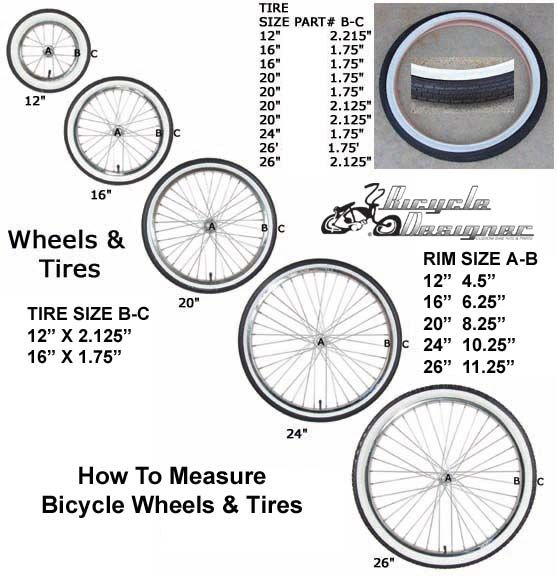 If the road has turned into a mess of snow and chemicals used by public utilities to treat the streets, the ability to remove snow and slush to the sides and, accordingly, resistance to possible drifts comes to the fore. Well, for confident movement on asphalt, which is frozen and covered with a crust of ice, the most tight grip with the roadway becomes vital.
If the road has turned into a mess of snow and chemicals used by public utilities to treat the streets, the ability to remove snow and slush to the sides and, accordingly, resistance to possible drifts comes to the fore. Well, for confident movement on asphalt, which is frozen and covered with a crust of ice, the most tight grip with the roadway becomes vital.
Obviously, it is simply impossible to achieve the maximum degree of presence of all the above listed properties in one model of winter tires. Therefore, in the production of new types of tires, the emphasis is on one or two characteristics. Then, in their commercials, they show us the advantages of some rubber model, while modestly silent, due to which the manufacturers managed to achieve this, and what other equally important properties they relegated to the background.
An experienced driver can already determine by appearance alone in what conditions this type of tire can be optimally used. And since manufacturers' explanations for their products are often obscure and vague, you have to carefully look and analyze yourself.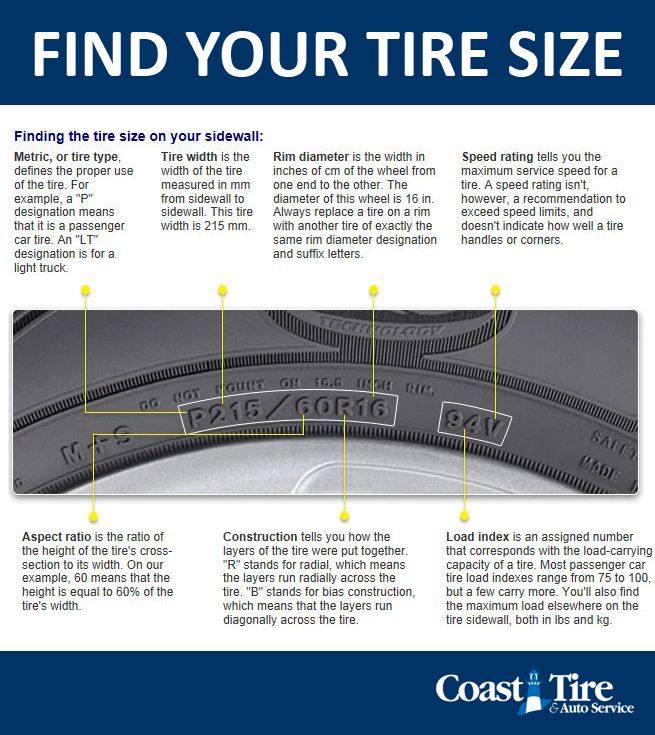
9 What types of protectors are available?
9 .1 Winter tires for SUVs.
If the tread consists of large free-standing diamond-shaped elements or resembling cubes and snowflakes, their height reaches 9-10 mm, and the transverse and longitudinal gaps between them are relatively large - in front of you are off-road tires, sand and snow.
It will show excellent cross-country ability, but will be quite noisy on dry pavement, increase fuel consumption and reduce braking efficiency.
If there is a large arrow on the side of the tire and the inscription rotation, and the elements of the pattern are arranged in the form of the letter V, then it is designed to actively remove snow and mud, and in these conditions it will show itself from the best side. But its drawback is uncertain driving at high speeds, despite the assigned speed index.
It is this kind of rubber that is the best in the reviews of motorists. This comes from the fact that even in megacities, with insufficient attention or time, many small streets during snowfall can be equated with the concept of “off-road”. That is why the stereotype appeared that the most important quality of winter tires is their flotation.
This comes from the fact that even in megacities, with insufficient attention or time, many small streets during snowfall can be equated with the concept of “off-road”. That is why the stereotype appeared that the most important quality of winter tires is their flotation.
9 .2 Winter tires for high-speed driving and "European" winters.
There are many types of high-speed tires now available. They are distinguished by a high speed index, and also have a sports-style tread pattern lowered to 6-7 mm. Such tires are made only directional, and their main purpose is to drive on dry and cleared tracks. Deep snow, slush or ice crust will be a significant barrier for them.
You also need to remember that such models have high aquaplaning rates. Therefore, if getting into a snow-mud porridge at a decent speed most often does without significant problems, then you will be very difficult to park in an uncleaned and snow-covered parking lot (and even more so if you have an automatic transmission).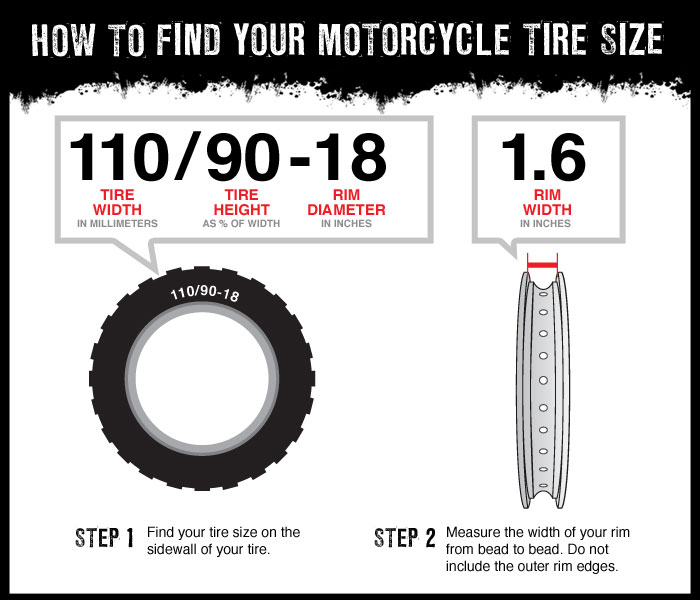 But on the other hand, moving along a dry track, you will experience a lot of positive emotions - low noise in the cabin, short braking distances, extreme cornering stability. All indicators are very similar to good summer tires.
But on the other hand, moving along a dry track, you will experience a lot of positive emotions - low noise in the cabin, short braking distances, extreme cornering stability. All indicators are very similar to good summer tires.
Unfortunately, the vast majority of tracks in the cities of the CIS still do not allow you to completely switch to winter tires for high-speed driving. It can afford to be installed by drivers of vehicles that travel in winter along the highways of large cities or international routes or in neighboring countries with the best quality of road surfaces.
9 .3 Winter classic.
The classic winter tread has all average parameters: transverse clearances, longitudinal grooves, and the height of the elements is about 7-8 mm. This rubber is normal and directional. Performance is also average, as in all universal things.
The target audience of these tires can be considered motorists who prefer quiet and safe driving in the winter season and mainly on asphalt.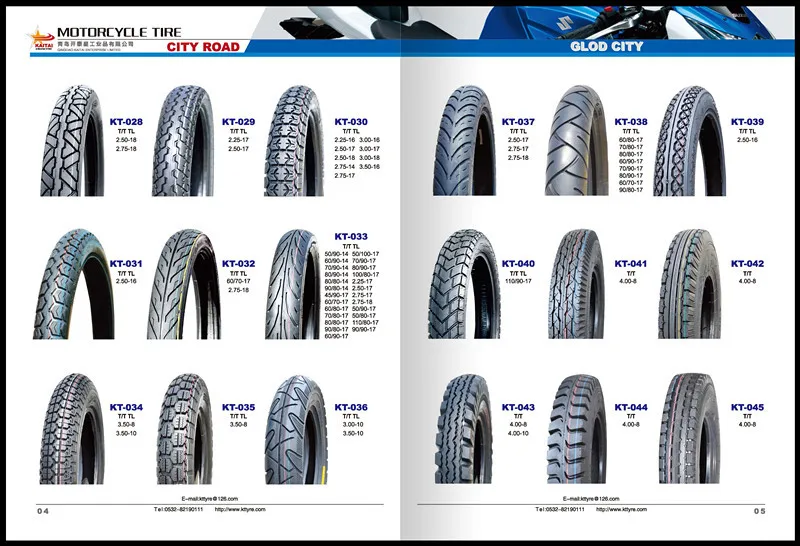
When buying a set of classic winter tires, you need to remember that a deep snowdrift and high speed are not the most important things when moving. Caution is compensated for by a lower purchase price and usually a longer service life.
9 .4 Winter tires with asymmetric tread.
The classic winter tread has all average parameters: transverse clearances, longitudinal grooves, and the height of the elements is about 7-8 mm. This rubber is normal and directional. Performance is also average, as in all universal things.
The target audience of these tires can be considered motorists who prefer a quiet and safe ride in the winter season and mainly on asphalt.
When buying a set of classic winter tires, you need to remember that a deep snowdrift and high speed are not the most important things when moving. Caution is compensated for by a lower purchase price and usually a longer service life.
9 .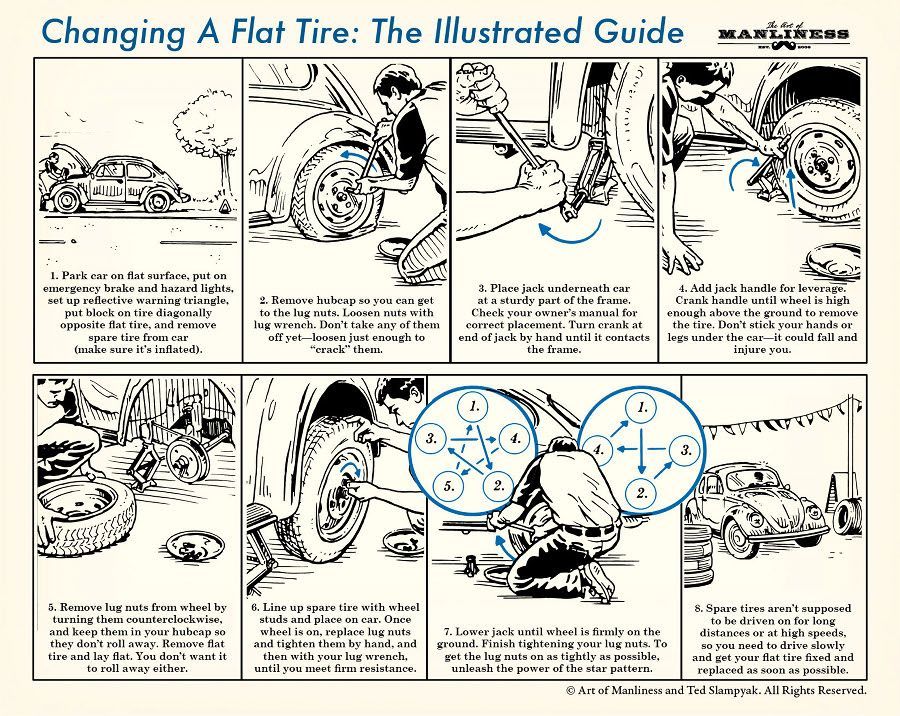 5 Studded winter tires.
5 Studded winter tires.
The most important thing every car enthusiast should know is that studded tires must be fitted on all wheels. With only two studded tires on the drive axle, you run a huge risk of skidding during emergency braking on snowy or icy roads. Even though the driven axle will be equipped with high-quality and new conventional winter tires. And the thing is the huge difference in the grip strength of studded and regular rubber. When designing, the designers could not predict such a development of events, and they do not need it, because the distribution of braking loads should be distributed evenly between all wheels.
Need spikes or not - everyone decides for himself. The main thing to understand is that studded tires will not secure traffic in all cases, and that this is not an ideal winter option for car equipment. Studded tires have a very strong point: they shorten the braking distance on hard-packed snow or icy road surfaces.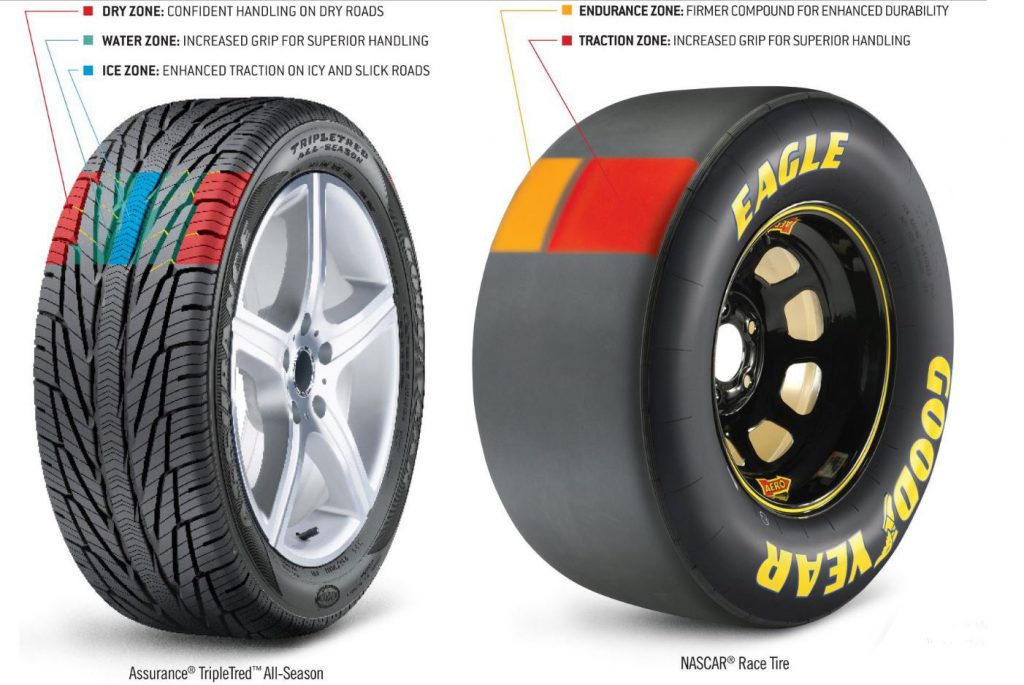 This improves the stability of the car and makes it easier to start and accelerate under the same conditions. But they are also ineffective on asphalt of any condition: they reduce the grip of the car with the road, increase the stopping distance, increase the likelihood of skidding, fall into loose snow or into a marshy primer.
This improves the stability of the car and makes it easier to start and accelerate under the same conditions. But they are also ineffective on asphalt of any condition: they reduce the grip of the car with the road, increase the stopping distance, increase the likelihood of skidding, fall into loose snow or into a marshy primer.
Many countries do not allow the use of studded tires. And the point here is not only in the desire to preserve the road surface, but also in traffic safety. In addition, today many models of ordinary winter tires without studs show no less good results in grip on open ice, and especially when the temperature is below -15 degrees Celsius. This is possible due to the structure of the tread with transverse sipes, in the common people - Velcro.
Thinking about installing studded tires, think about how many times a year you have to drive on real ice. If you catch yourself thinking that you really often watch with bated breath whether your car will be able to stop in front of an obstacle that has arisen, then you still need to put spikes.